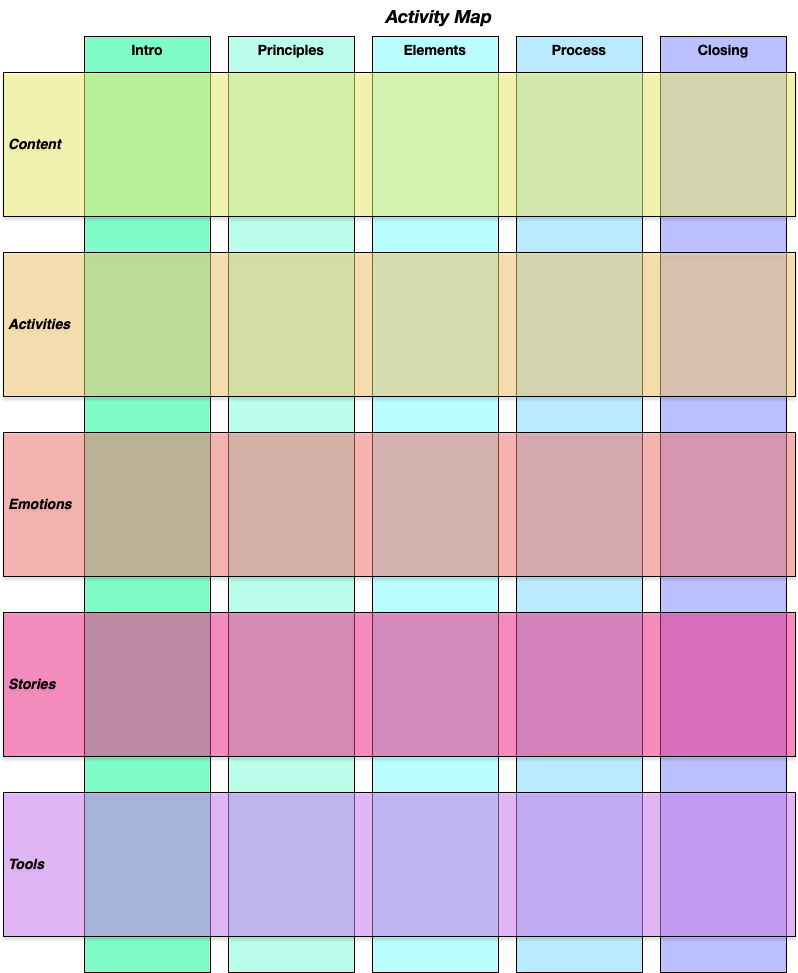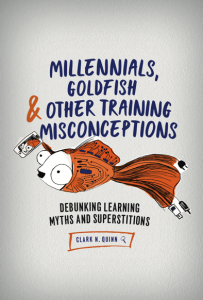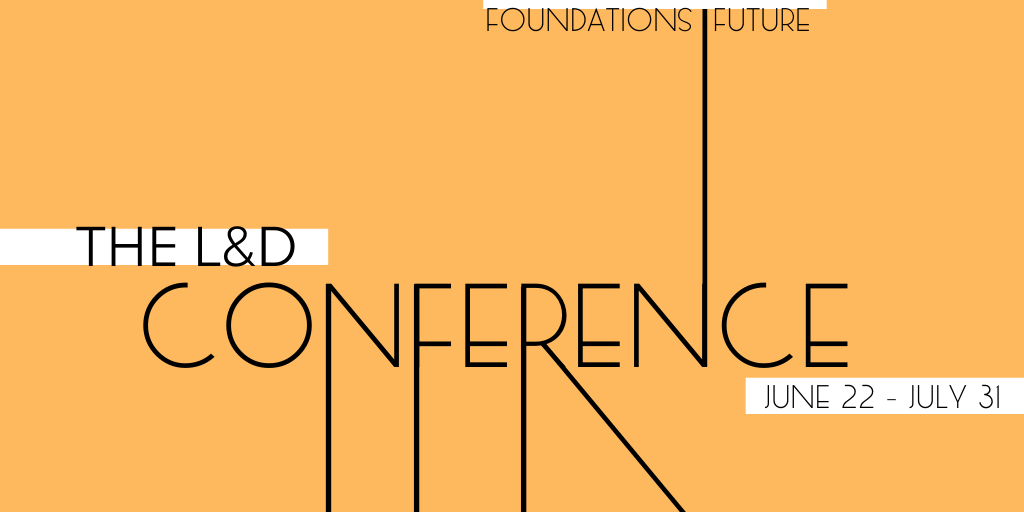It’s time, once again, for Jane Hart’s excellent Top 10 Tools for Learning survey. And, so, it’s time once again for my reflections. Here are my take on the top 10 tools that support my learning.
The first way I learn is to process what I’ve seen. That, toolwise, is largely about representing and communicating.
Processing Tools
1-2. Writing is arguably the top way I reflect. And, so that’d put Microsoft Word at the top of my list. That’s where I write books and articles first. And, of course WordPress is how I write my blog (e.g. here!). Writing is a way to sort out how I think about things. As I say, things that end up in presentations and books tend to show up on blog first. Well, one of the main ways.
3-4. Besides writing, two ways I sort out my understandings are to diagram and to outline. I use OmniGraffle as a general purpose diagramming tool because, well, it largely works the way I want to think about it. Diagrams, mind maps, even recently as sort of posterboard. And I use OmniOutliner to do, well, outlines. Another way to map out structures. I’d use a less costly tool, but…the columns feature is really helpful for annotation. Both, unfortunately, are Mac only (and sadly quite dear).
5. Keynote is how I create presentations, another way I do, and then share, my thinking. Diagrams are a big part of my talks, punctuated with stock photos to represent concepts (from Pixabay and occasionally Unsplash). I believe (and don’t have evidence for) that using an image that relates to the concept but doesn’t exactly communicate it leaves open some curiosity that then gets connected. And that this leads to better comprehension (I avoid bullet points in live presos, and save them for handouts). Anyone got that data?
The second thing I do is see what other people are pointing to and have to say, and ask them questions as well. So the second category is about interacting with others.
Social tools
6. Twitter is a regular feature of how I see what people are pointing to, as well as pointing to things I’ve found as well. Chats there are fun, too. Like Jane, Tweetdeck is my tool of course on my Mac. I have to use the Twitter client on iPad/iOS, since they’ve taken away Tweetdeck on the iPad (grr).
7. I like FeedBlitz as a way to sign up for blogs, as it brings them into my inbox, instead of me needing a separate app. Reading a select list of blogs is one of my tactics. That’s how people can sign up to get my blog in email, too.
8. Slack has also been a major component of getting things done, mostly with IBSTPI. It’s a handy way to get things done with others.
9-10. Social networks are a big part of my learning, which means that Facebook and LinkedIn also play big roles. Facebook’s more personal, ie less about work, but I learn about many societal things there. And LinkedIn is a place for learning as well, professionally as opposed to personally.
And…
Honorable Mention: to round out the picture (10 is such an arbitrary number ;), sharing collaborative documents, e.g. Google Docs, is a major way to collaboratively process and learn together. Also socially, Zoom and BlueJeans (the latter’s almost the same, and what ISBTPI uses) are used a lot to discuss and negotiate understandings. And email, of course (using the Mac Mail client) is a major way I learn, e.g. blogs appear there, and it’s a major way I interact.
DuckDuckGo has become my goto search engine (and Brave as my browser, at least on my Mac, awaiting cross-device sync), because I don’t need to spread my data any further than necessary. And searching is a big part of my learning.
As an aside, owing to the pandemic, like everyone else I’ve been doing much more with Zoom to interact with colleagues than I had in the past. And I find, interestingly, that the ways I reach out are more opportunistic: I’ll use FB Messenger, or a Twitter DM, or a LinkedIn message, or an email depending on who, why, and what tool I’m in at the time. There may be some method to the madness, but I’m not confident on that point ;).
So, there’re my Top 10 Tools for Learning. I hope you’ll post or send your list to Jane too, so we can continue to see what emerges.






